-
Alfredo Volpi Brazilian, 1896-1988
Untitled, 1960Tempera on canvas33.8 x 47 cm
13 1/4 x 18 1/2 inSigned on versoFurther images
-
(View a larger image of thumbnail 1
)
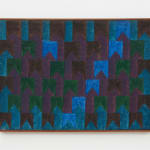
-
(View a larger image of thumbnail 2
)
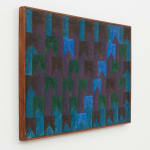
-
(View a larger image of thumbnail 3
)
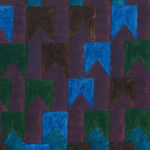
-
(View a larger image of thumbnail 4
)
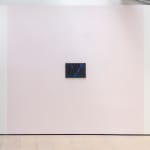
-
(View a larger image of thumbnail 5
)

-
(View a larger image of thumbnail 6
)
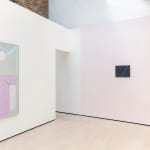
-
(View a larger image of thumbnail 7
)
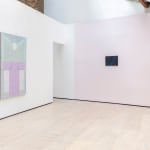
-
(View a larger image of thumbnail 8
)
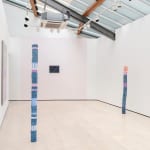
-
(View a larger image of thumbnail 9
)

Brazil’s most influential proponent of tempera painting was Alfredo Volpi, the son of Italian immigrants, who turned to the medium after seeing examples by Giotto, Paolo Uccello and Piero della...Brazil’s most influential proponent of tempera painting was Alfredo Volpi, the son of Italian immigrants, who turned to the medium after seeing examples by Giotto, Paolo Uccello and Piero della Francesca on his travels in Italy. Mixing his own paints became a necessity in the face of Brazil’s extortionate import taxes on artist’s materials, but also allowed for unparalleled control over the quality and brilliance of his colours. Upon adopting tempera as his medium, he simplified his compositions, essentialising the city around him into geometric forms. Volpi’s iconic Bandeirinhas paintings depict bunting strung across the streets during religious festivals. Painted in deep purple and electric blue, this example depicts a city that vibrates with colour, even as the light fades to dusk.Provenance
Private collection, São Paulo, acquired directly from the artist;
Private collection, São Paulo.
Publications
This painting is to be included in the forthcoming edition of the artist's catalogue raisonné, organised by the Alfredo Volpi Institute of Modern Art (IAVAM). -
(View a larger image of thumbnail 1
)
Join our mailing list
* denotes required fields
We use cookies on our website to improve your experience. You can find out why by reading our Privacy Policy.
By continuing to browse our site you agree to our use of cookies.








